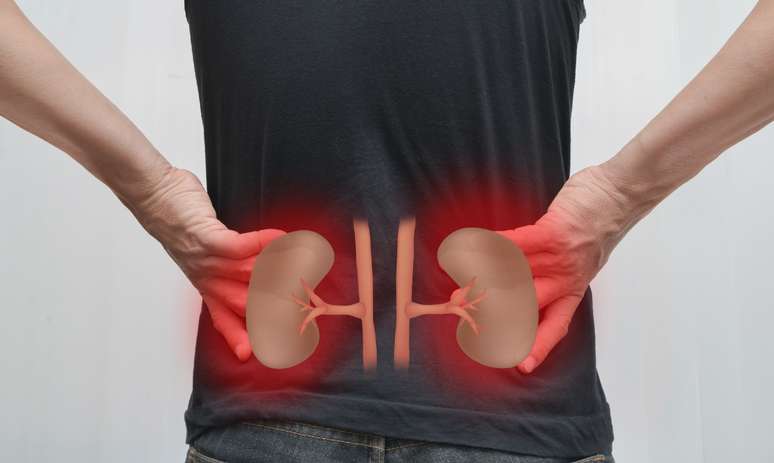Hemodialysis and dialysis usually involve some risk for the patient. Know another alternative for those with chronic kidney disease

The number of patients with kidney problems in Brazil has doubled in the last decade, as shown by data from the Brazilian Society of Nephrology (SBN). An estimated 10 million Brazilians suffer from chronic kidney disease, a condition that becomes more common as we age. According to the SBN, the prevalence of chronic kidney disease worldwide is 7.2% for people over the age of 30. For people over the age of 64, this number is between 28% and 46%.
Chronic kidney disease is more common in hypertensive and diabetic patients with indiscriminate use of nonsteroidal anti-inflammatory drugs or with a family history of renal insufficiency. It is characterized by a progressive and irreversible loss of renal function. The disease requires hemodialysis as part of the treatment.
Hemodialysis and dialysis in the treatment of chronic kidney disease
The use of a catheter as venous access is the most common, but also the one with the most problems. A study conducted by nursing professionals, published in the Revista da Escola de Enfermagem by USP, showed that 100% of adverse events related to hemodialysis are due to a catheter blocked by a blood clot. Complications involving the catheter can be serious and compromise patient management. Another frequent problem is the accidental removal of the needle from the venous access, which can even cause the death of the patient.
According to WHO, there are 133,000 people in the world who need dialysis. This represents a 33% increase in 10 years – and this number is expected to triple by 2030. Nationally, of Brazil’s 10 million patients, 90,000 are on dialysis (a process of artificial stimulation of kidney function, usually when the organs have 10% working), a number that has grown by more than 100% in the last ten years. Therefore, ways to improve the pathway to treatment need to be sought. In this way endovascular techniques improve the quality of life of these patients.
endovascular techniques
According to vascular surgeon Dr. Caio Focássio, member of the Brazilian Society of Angiology and Vascular Surgery (SBACV), this is possible through an endovascular technique that can increase the patient’s life expectancy and quality. “It’s a technique in the cuts, without fissures, that keeps the fistula active, which is our access,” he explains.
The doctor. Caio states that endovascular surgery connects the vein and artery, building the fistula with the vein itself or with a prosthesis, usually in the patient’s arm. “In two years the fistula can close, but there are techniques to keep it open longer,” says the doctor.
“With endovascular techniques it is possible to triple the useful life, periodically assisting this access and keeping the fistula active with regular visits to the vascular doctor”, concludes the doctor.
+The best content in your email for free. Choose your favorite Terra newsletter. Click here!
Source: Terra
Ben Stock is a lifestyle journalist and author at Gossipify. He writes about topics such as health, wellness, travel, food and home decor. He provides practical advice and inspiration to improve well-being, keeps readers up to date with latest lifestyle news and trends, known for his engaging writing style, in-depth analysis and unique perspectives.







